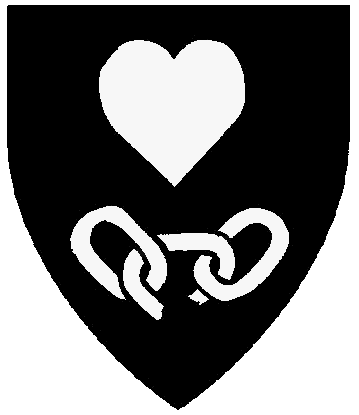|
The Stave would be to the left of this illustration, which
is also the direction of firing. The String is held back in the
notch of the Roller Nut. The Nut is held from rotating and releasing
the String by the Tickler. When the Tickler is moved and the
Nut is suddenly free to rotate, the release of the String is
essentially instantaneous. Whereas the String is stationary until
the very moment of release, it is then suddenly free to rush
forward, resisted only by the inertia of the Nut. There is no
heavily loaded sliding of the String as seen in our other examples.
A thumbnail analysis reveals how the load applied by the drawn
string is distributed and controlled by this release mechanism
to allow the crossbowman to easily trigger the most powerful
crossbows. The distance from the center of the Nut to the point
at which it is supported by the Tickler is three times the distance
from the center of the Nut to where the String rests against
it. This 3 : 1 ratio means that the load applied to the Tickler
will be only one third the load applied by the String. Given
a draw weight of 1000 lb. for example, then the load on the tip
of the Tickler would be 333 pounds. Given the coefficient of
friction for steel on steel of .10, and assuming that the surface
with which the Nut bears against the Tickler is properly radial,
then the resistance to the motion of the Tickler at that point
is only 33 pounds. The 2.5 : 1 ratio suggested by the limbs of
the Tickler would then allow for a load of only 13 pounds to
trigger the mechanism and release the String.
Of equal importance is how this mechanism distributes the
loads imparted by the drawn String. The greatest resultant load
in this system is the sum of the loads of the String and Tickler
against the forward facing surfaces of the Nut, or 1,333 pounds
as in the above example. This load is well distributed by the
large bearing area of the front of the Nut against the Mortise
Reinforcement. Note further that this load does not contribute
to wear between the Nut and Mortise, as it exists only when the
Nut is stationary, and dissipates the moment the Nut is free
to rotate.
All in all, it is an impressive design; simple, sophisticated,
yet over 850 years old! It brings true meaning to the expression,
"period science."
Maxton Gunn
|



